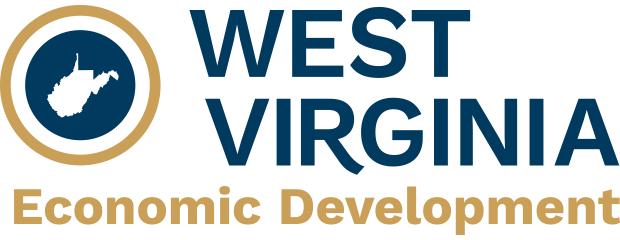CHARLESTON, W.Va. –The new National Broadband Map was released by the Federal Communications Commission (FCC) on November 18, 2022. The West Virginia Office of Broadband and the West Virginia Broadband Enhancement Council ask that all West Virginians review their location data and broadband availability data on the new map to help ensure accuracy. The FCC will accept challenges through January 13, 2023.
According to the FCC, the new National Broadband Map is a “pre-production draft,” identifying broadband availability at the address level. The new map is the first iteration designed under the FCC’s new Broadband Data Collection (BDC) program. The map displays Internet services across the United States, as reported by Internet Service Providers (ISPs) to the FCC. States, local governments and consumers have less than two months to submit challenges.
The FCC map will be used to calculate the amount of funds allocated to the State of West Virginia by the National Telecommunications and Information Administration (NTIA) through its Broadband Equity, Access, and Deployment (BEAD) program. This program will provide historic funding for broadband deployment nationwide under the Infrastructure Investment and Jobs Act (IIJA). The greatest share of funding, $42.5 billion, will be allocated nationwide under the BEAD program. Each state will receive a minimum of $100 million and final allocations will be based upon several factors, including an analysis of unserved locations as shown on the FCC map. Unserved locations are those without reliable service of at least 25 Megabits per second (Mbps) download and 3 Mbps upload.
“It is vital that all West Virginia addresses are included in the FCC mapping data, especially when funding allocations will be based on the number of unserved locations in our State,” said Governor Jim Justice. “Every West Virginian and every West Virginia address should be counted, especially those that lack real broadband service. I have directed the West Virginia Office of Broadband to challenge the FCC data whenever and wherever possible to ensure that all West Virginians gain access to crucial infrastructure.”
The West Virginia Division of Economic Development, Office of Broadband, has already submitted more than 138,000 missing addresses to the FCC, as part of the State’s official challenge to the FCC Broadband Serviceable Location (BSL) Fabric, in November 2022. The BSL Fabric provides the foundation for the new broadband availability map. Missing locations can still be added. Additionally, multi-family addresses with incorrect unit counts can be corrected
There are several distinctions between the FCC map and the WV broadband map. The WV Office of Broadband has utilized the Statewide Addressing and Mapping System (SAMS) and parcel data to create West Virginia’s address-level broadband map, which includes 1,094,392 unique address locations in West Virginia. The FCC map initially included 902,699 address locations. In addition, the WV Office of Broadband does not include satellite service in its served category. However, the FCC map is showing satellite areas as served. The Office will continue working to reconcile discrepancies between the two maps.
“Participation in the challenge process will help ensure that all West Virginians are accurately represented on the FCC map,” said Economic Development Secretary Mitch Carmichael. “All West Virginians should review their location on this new FCC map and submit a Location Challenge if their location is missing. Concerns about internet service are also extremely important and should be included in an Availability Challenge.”
West Virginians are encouraged to submit a Location Challenge to indicate that an address is missing, or an Availability Challenge to indicate that availability is incorrect.
Please follow the instructions below on how to submit a challenge:
How to Find Your Address:
- Visit https://broadbandmap.fcc.gov/home.
- Using the search bar, type in the address you wish to review. The map should automatically zoom to your location.
- After finding your location, a side-panel on the right-hand side of the screen will populate location and service information.
- If your location is missing, ensure to select the building footprint or space of your location to submit a Location Challenge.
How to Submit a Location Challenge to the FCC:
- After searching a location, select the building footprint or space to where the point location layer is missing.
- Once the location is found, select “Challenge Location.”
- You will be required to fill out a form regarding information about your location.
- After a challenge is submitted, you will receive a confirmation email informing you that it has been received by the FCC.
- If a location is available on the map that includes inaccurate information, navigate to “Location Challenge” in the side-panel to complete the form.
How to Submit an Availability Challenge to the FCC:
- After searching a location, select “Availability Challenge” in the side-panel.
- Select the provider (ISP) you wish to challenge.
- Complete the form to dispute the providers claim on service availability.
The map will be updated through a combination of FCC verification efforts, new data from Internet providers, new location data, and—importantly—information from the public and state broadband offices. Under the BDC process, the FCC will collect data and release new maps twice per year. The WV Office of Broadband anticipates that several cycles will be needed to refine the data. To learn more about West Virginia’s ongoing broadband development initiative, visit broadband.wv.gov. Challenges must be submitted by January 13, 2023.
###


